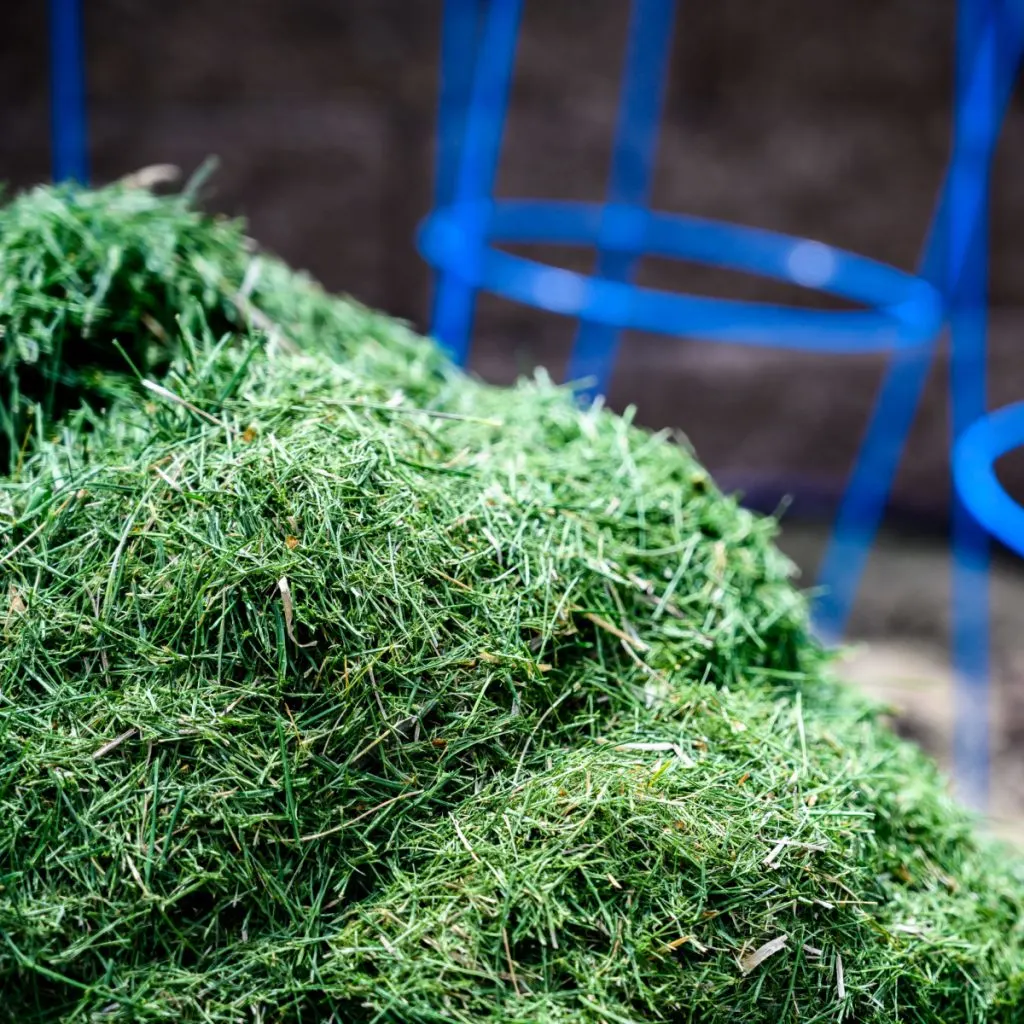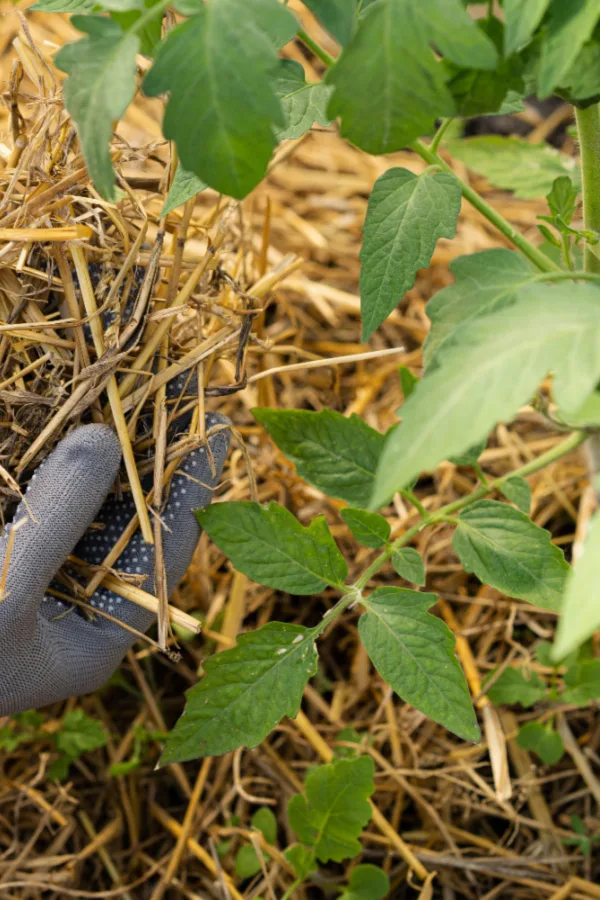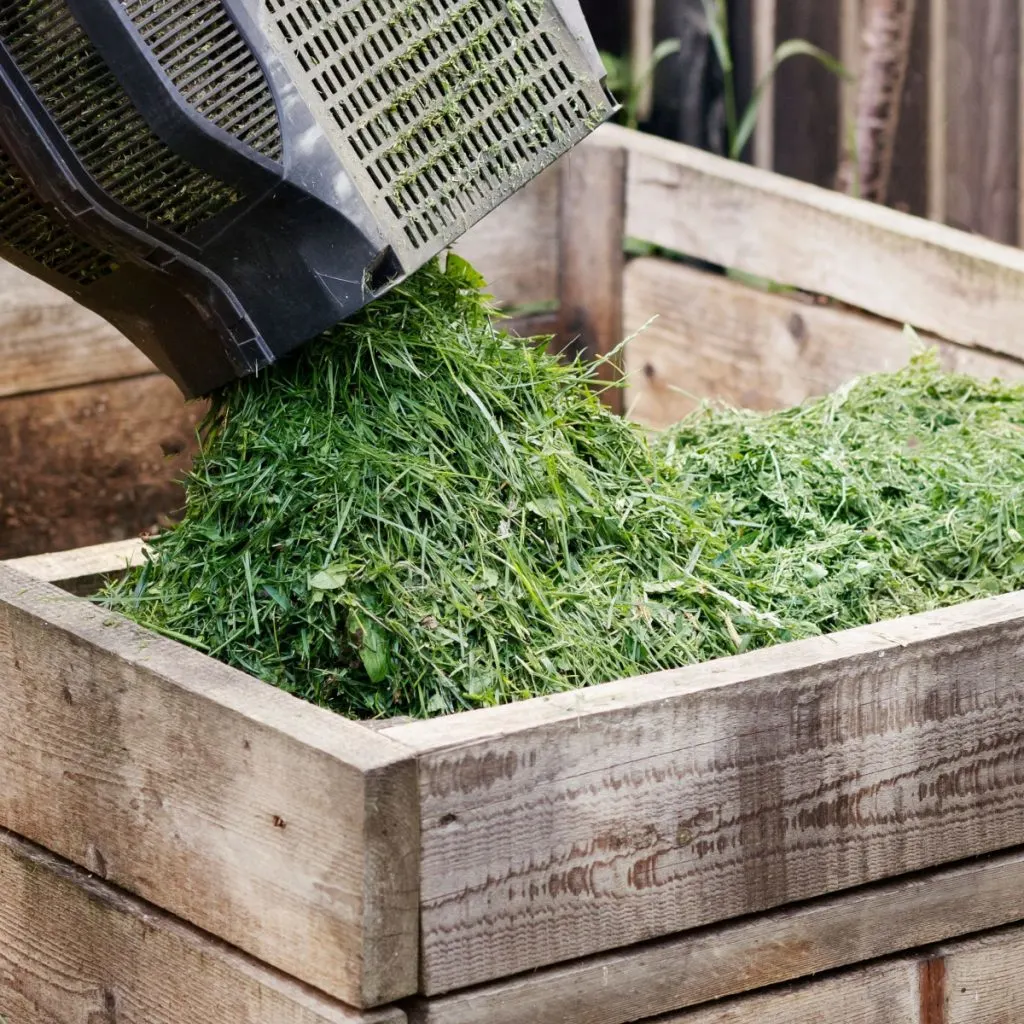Believe it or not – one of the best and least expensive ways to mulch your garden this year is to simply grow your own mulch. Not only will it provide your vegetable garden with some of the best organic mulch around, it can also replace costly options such as straw – and save you a fortune in the process!
When it comes to productive, weed-free, low maintenance vegetable gardening, mulch is truly one of the biggest secrets to success. It helps insulate the soil, all while helping hold in valuable moisture for the roots of plants. Even better, it also provides nutrients to the soil and returns them to the soil as they break down.
But without a doubt, mulch’s best trait is its ability to both stop and prevent weeds – and finally end the seemingly endless chore of weeding once and for all. But for many gardeners, finding that mulch can be difficult – and expensive. Especially when trying to use common straw!

The Issues With Straw – How To Grow Your Own Garden Mulch This Year
For years, straw had always been our go-to mulch in our vegetable garden. But it certainly comes with a few issues. For starters, the price continues to go through the roof. And more and more so with each passing year. In fact, in some areas, straw now sells for anywhere from $8 to $12 per bale!
But in addition to its high cost, straw can often frustrate gardeners with all of the weed seeds that often hide within in the bales. Let’s face it, there is nothing worse than putting down a thick layer of mulch to stop weeds – only to have it then cause more weeds!
If all of that wasn’t enough, many gardeners also worry about the pesticide and herbicide residue that might remain on straw taken from commercially farmed fields – and its effect on their own garden’s safety and performance.
So what is the answer? For us, it was simply to start growing our own mulch. And has it ever worked out beyond our wildest dreams. With that in mind, here is a look at our how we started growing our own mulch – and how you can too!
How To Grow Your Own Garden Mulch This Year – And Avoid Costly Straw!
A few years back, we decided to try a little experiment at our farm. Instead of purchasing straw or finely shredded bark to mulch around our vegetable plants, we decided to try growing our own.

No, we didn’t plant fields of wheat to produce our own bales. Instead, we opted to turn a small 20′ x 20′ plot of soil into a dedicated patch to grow cereal rye, oats and field peas. We did this not to prepare the plot of land for future planting, but to grow a thick crop of vegetation. One that we could mow, bag and collect.
We then took the cuttings and used them in place of straw to mulch around our plants. When first cut and green, all three act just like green grass clippings. That means they actually contain a fair amount of nutrients that can leach into the soil around the plants – including valuable nitrogen.
The Perfect Mulch…
Those nutrients, of course, help to power our vegetable plants. But even more, as the cuttings dry out, they stay in place to act as an incredible organic mulch. One that as it breaks down, also continues to feed and add even more nutrients to the soil. And by cutting them before they go to seed – there is zero worry of them causing weeds to sprout in our garden.
It is a win-win all the way around. And one made even better by the fact that these grain crops come back and can be mowed several times for more and more mulch. And the cost vs. straw? As you will see below, that just might be the best thing of all!

Using Cover Crops To Grow Mulch – How To Grow Your Own Garden Mulch This Year
Unlike planting cover crop seed in the fall to protect the garden, when growing for mulch, we plant a small mulch plot in the early spring. Within three to four weeks, the plot fills thick and is ready for its first cutting. If you struggle for space, you can actually plant the areas between your growing rows for this purpose.
The very first year we grew 100% annual rye. The second year, we added in oats. And finally, last year, we began mixing in some field peas to the mix too. Why? Because they all give a little bit of a different nutrient profile as they break down – and we liked having a mix.
You can certainly grow only one – or a mix of two or more. Although all are extremely economical when compared to straw, the oat and field pea seed is about 1/3rd cheaper than the rye, so we use a heavier concentration of oats in our mix.
Whichever you use, all germinate and grow fast. In fact, quick enough that we are able to get our first cutting by late April. That is actually perfect for making sure we have plenty of garden mulch on hand well before we begin to plant!

Harvesting Our Mulch – How To Grow Your Own Mulch This Year
To cut and harvest, we simply use our push mower with the bag attachment. Our first cutting is always more than enough to pile a 4″ mulch layer around all of the plants all over our garden. We then store the leftover cuttings to use as we need.
We also continue cutting the little patch as the crop grows back. Over the course of the first few months, we are usually able to get four to five cuttings before having to reseed the plot to keep it thick and lush. Each cutting is usually a bit less, but always enough to keep us more than supplied with mulch all through the garden season.
The Perfect Mulch For A Vegetable Garden – How To Grow Your Own Mulch This Year
The results have honestly been astonishing. In place of a more lifeless and costly straw, we are able to surround our vegetable plants and raised growing rows with a thick coating of fertile green clippings. Clippings that leach nitrogen and other nutrients into the soil below.
Even better, they continue breaking down into the soil to create better soil structure over time. The cover crop clippings certainly did not hinder our garden’s performance in the least. In fact, we both feel as though our plants perform even better than our straw covered rows of the past.
The clippings also have a few more built in advantages over straw as well. For starters, the heavier clippings stay in place far better than wispy straw. That can be huge early in the season when you are trying to keep straw from blowing away. But even more, the thick weave of clippings seem to do a better job of keeping weeds out too. And best of all? No weed seed worries from seeds in bales!

It’s certainly not to say that straw didn’t perform well for us. But the cover crop clippings have been a true blessing. And here is the best part – the cost savings are enormous.
We can buy a 50 lb. bag of cereal oats at our local feed mill for just under $25. It takes us about 10 pounds of seed to sow our little plot, allowing for five separate plantings. For that same $25, we might be lucky to purchase 3 or 4 bales of straw!
How We Plant Our Mulch Plot – How To Grow Your Own Garden Mulch This Year
This method does require a bit of extra space to work. We simply use a small extra area, although you could easily use a portion of your garden and rotate the patch each year. If you have the room, it can really be great for crop rotation and building great soil!
If you are limited on space, as stated earlier, another option is to grow the mulch crop in the walking rows in your garden. This also keeps a gardener from having to mulch these areas – saving even more.
Preparing The Area
As for preparing an area and reseeding throughout the growing season, the process is quite easy. And it certainly doesn’t require any tilling. Just as we do when we plant our fall cover crop, we simply lightly rake the soil and sow the seed. See our article: How & Why To Plant A Fall Cover Crop In Your Garden – Stop Weeds & Energize Your Soil!
Within weeks, we have another thick stand of homegrown mulch to apply to the beds wherever needed. Both rye and oats will sprout easily on just a bit of exposed ground. It’s just one more reason that it makes this such an easy concept of “home growing” your mulch.
One thing is for sure, with the ever rising cost of plants, fertilizer, seed and more, growing and saving on your garden mulch can really help on your gardening budget. And who doesn’t need that right now! Happy Gardening, Jim & Mary.
Old World Garden Farms
Jim and Mary Competti have been writing gardening, DIY and recipe articles and books for over 15 years from their 46 acre Ohio farm. The two are frequent speakers on all things gardening and love to travel in their spare time.
As always, feel free to email us at thefarm@owgarden.com with comments, questions, or to simply say hello! You can sign up for our free email list in the subscribe now box in the middle of this article. Follow us on Facebook here : OWG Facebook. This article may contain affiliate links.
